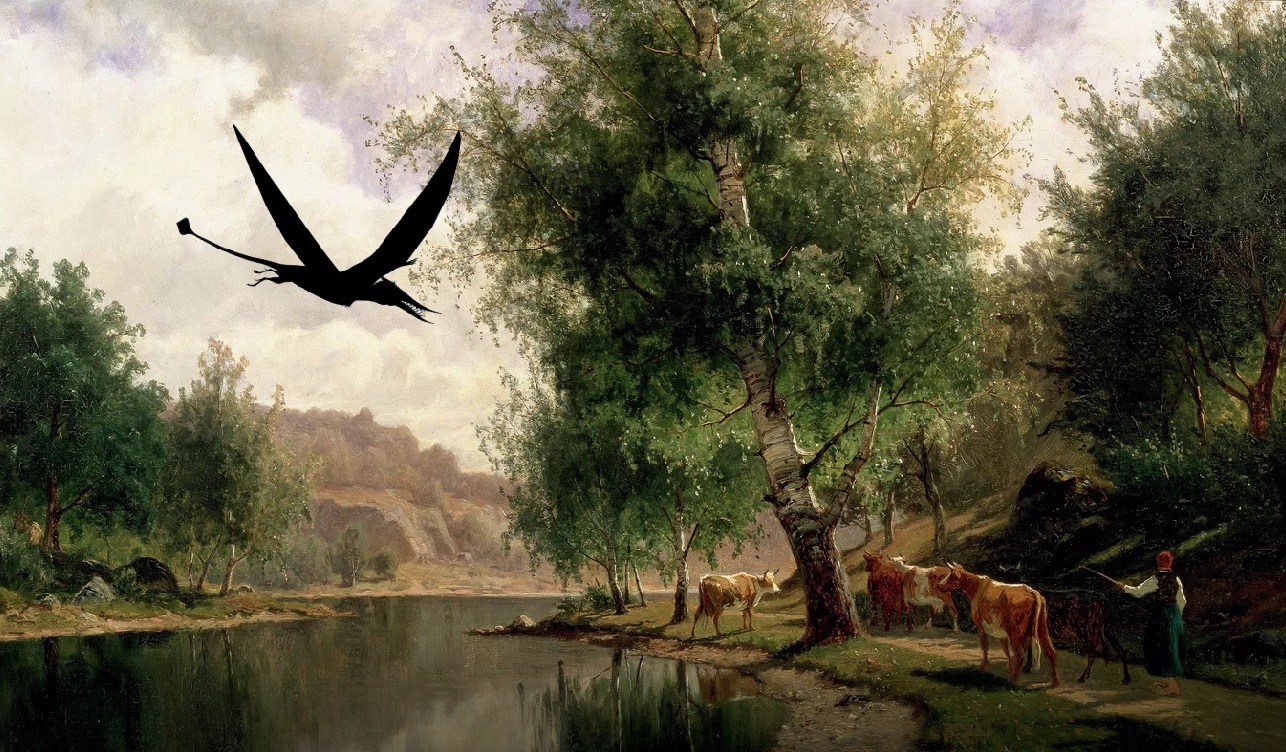Cheesman Sightings
The British biologist Evelyn Cheesman discovered a number of species of small creatures in the southwest Pacific, during her expeditions in the first half of the twentieth century. Her skills in observation and reasoning, however, were insufficient to explain strange lights she observed in a tropical rain forest deep in what now is called the “mainland of Papua New Guinea.”
One night, as she sat on the veranda of the house where she was staying in Mondo, she gazed out at some distant mountain ridges. There was no storm or major cloud formation in her area but there were three distant storms, mostly too distant to hear any thunder.
A brief light caught her attention. After it went out, another appeared, a little distance away from the first one. She estimated the flash duration: four to five seconds. They were nothing like lightning.
In her book The Two Roads of Papua, Cheesman said, “by no possibility could there be human beings out there using flash-lamps [flash lights] at intervals.” She eventually gave up on discovering the cause of the lights, but other explorers, a few decades later, would find an astonishing explanation.
Ropen and Indava of Papua New Guinea
In 1994 and 1996, the American Biblical creationist Carl Baugh and the Baptist missionary James Blume visited islands in Papua New Guinea, including Umboi Island, interviewing eyewitnesses of strange flying lights and a large flying creature that some natives call “ropen.” They believed that natives were seeing the glow of bioluminescent pterosaurs.
In 2002, Paul Nation, as associate of Baugh’s, explored on Umboi Island and interviewed natives. He was followed by three other Americans in two separate expeditions in 2004. The strange flying lights attributed to the ropen were observed by some of those American explorers on Umboi Island, but not all of them. Nevertheless, much was learned from the two expeditions of 2004, adding to the knowledge obtained from the previous expeditions.
The ropen of Umboi Island, however, is not the only flying light attributed to large flying creatures of the night in Papua New Guinea. We also have the indava.
Paul Nation’s 2006 Expedition
Many miles south of where Evelyn Cheesman had long ago observed strange lights—that’s where Paul Nation videotaped two strange lights that were on a ridge above him. That night in 2006, Paul recorded many seconds of video. He brought back the footage to the United States during the Thanksgiving season.
I was very grateful to interview Paul Nation, in his home in Granbury, Texas, soon after that expedition. I made a digital copy of his video footage of those two lights and took it back with me to California, where the missile defense physicist Cliff Paiva analyzed it over a period of several weeks.
The lights were found to be dimmer at their centers, an unusual characteristic that eliminated car headlights, flashlights, camp fires, and airplane lights, even if any of those should be present (which they were not).
Paiva also eliminated meteors, even though it was already obvious they the two lights sitting on the top of that ridge were not meteors. What the scientist could not eliminate was bioluminescence from large creatures.
In this area deep in the mainland of Papua New Guinea, south of where Cheesman saw strange lights, the natives call the flying lights “indava.” They ascribe the lights to large flying creatures. In the past, the indavas would sometimes raid the village of Tawa and carry off a pig or a child. The villagers learned to make loud noises when they heard the creatures approaching, frightening the indavas and keeping them at bay. The village of Tawa had been free from those raids for some time when Paul Nation arrived in 2006.
###
Paul Nation and Another Expedition
Paul Nation . . . is looking for funding for another expedition deep on the mainland of Papua New Guinea . . . it will be his third indava search in this particular mountainous jungle area.
On the mainland of Papua New Guinea, lives a colony of creatures unclassified by science but known to the villagers as “indava.” They are said to fly to the coast to feed at night . . . a long flight for a meal . . .
In Cuba, Georgia, North Carolina, Hawaii, and elsewhere
I would estimate the wingspan to approximately 6 feet and it was very dark in color. I saw it in Kona and was completely astonished when looking at it because it was completely unlike anything else I have ever seen and it looked like nothing else I can explain other than a pterydactyl [pterodactyl].
.


